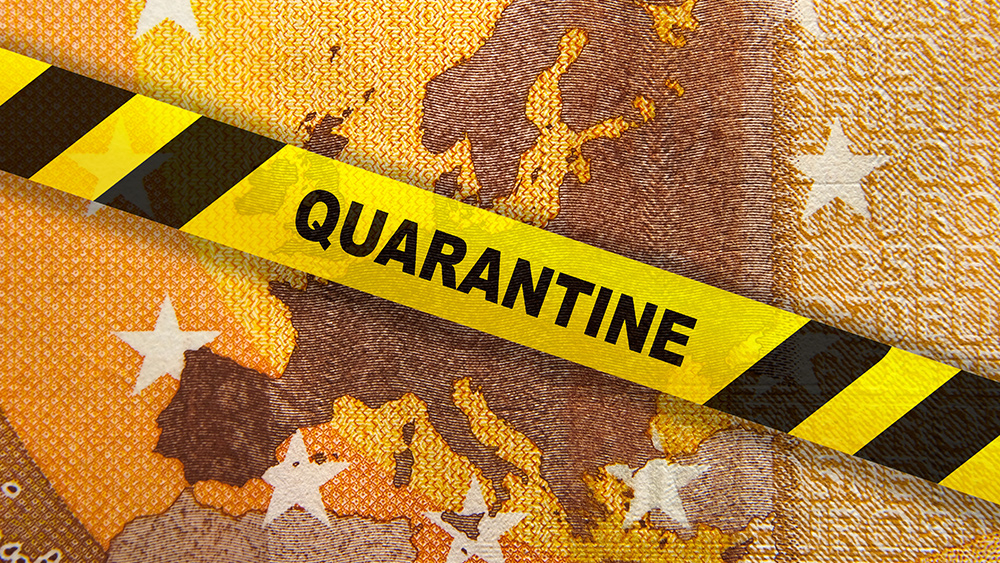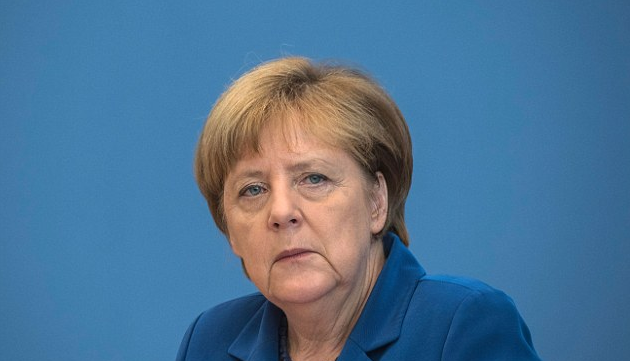
In the face of rising Wuhan coronavirus (COVID-19) cases, the governments of both France and Germany have imposed new restrictions in the hopes of stemming a record increase in infections.
In France, President Emmanuel Macron announced a new, one-month national lockdown. Meanwhile, in Germany, both federal and state governments agreed on Wednesday to shut down parts of the economy and toughen restrictions on social contact.
COVID-19 needs a “brake”
On a televised address on the evening of Oct. 28, Wednesday, Macron announced the new French measures, saying that the existing restrictions were “not enough anymore.” By mid-November, he warned that COVID-19 patients could take all intensive care beds in the country unless a “brake” was put on the virus.
Under the new French lockdown, people will now need a certificate to move around. At the same time, non-essential businesses, such as restaurants and bars, will be closed.
However, schools and workplaces will remain open, and visits to care homes will also continue to be allowed. Macron, however, said that the French people would only be allowed outside “to work, to go to a medical appointment, to care for a relative, to do shop for essential goods and to get some air.”
“The virus is circulating at a speed that even the most pessimistic had not predicted,” he said. He also added that the curfews imposed in Paris and other administrative areas did not dent the spread of the virus.
Macron further confirmed that France’s lockdown would last until December 1.
Germany’s new restrictions are also set to last until that time.
The new German restrictions will require all bars, restaurants and most public entertainment to be closed. Meanwhile, sporting events, such as soccer matches in the Bundesliga, will be held without spectators. On the other hand, schools, daycare centers, hair salons, and retailers will still remain open.
“We have to act, and act now, to prevent an acute national health emergency,” said German Chancellor Angela Merkel. She acknowledged that the measures were “hard … and burdensome,” adding that “It’s a heavy day for political decision makers.”
Merkel is set to meet with regional heads of state again in two weeks. During this meeting, they will evaluate the effectiveness of the measures and make any necessary adjustments.
Lockdowns come on the heels of second wave of European infections
The return of restrictions to two of the E.U.’s leading powers reflects a wider continental shift as countries scramble to deal with a new surge in cases.
The European Center for Disease Prevention and Control (ECDC) reports that France has one of the highest COVID-19 infections rates in the E.U. relative to its population. According to agency figures, the country has 659.9 cases per 100,000 inhabitants over the past 14 days. (Related: Second wave of coronavirus in Europe starting to affect the elderly.)
On Oct. 27, Tuesday, France reported 34,591 new cases and 530 deaths. This brings its total caseload to over 1,280,000 cases and more than 35,800 deaths according to data from Johns Hopkins University.
Germany, on the other hand, is facing a surge of intensive care admissions from COVID-19.
The country was initially lauded for its response to the pandemic’s first wave back in the spring. The rate at which the new wave of infections is spreading, however, has officials worried.
“I want to say what makes the situation particularly serious … the rate of dissemination is particularly high,” said Merkel.
On Oct. 28, Wednesday, the country posted a record 14,964 new daily infections, according to the Robert Koch Institute – German’s disease control agency. Data from the institute show that the country has around 450,000 cases and over 10,000 deaths.
Other countries in the region are also bracing for the second wave.
Belgium -- headquarters of the EU -- is the second-worst affected country of the 31 that make up the European Economic Area and the U.K., according to the ECDC. The small country has had 1,424.2 COVID-19 cases per 100,000 people in the past 14 days, behind only the Czech Republic, which has 1,448.7.
In the U.K., on the other hand, the government is bracing for a “worst-case” planning scenario of 365,000 cases and 85,000 dead, even if they extend lockdowns into April of next year.
Follow Pandemic.news on how COVID-19 is continuing to spread around the rest of the world.
Sources include:
Please contact us for more information.





















